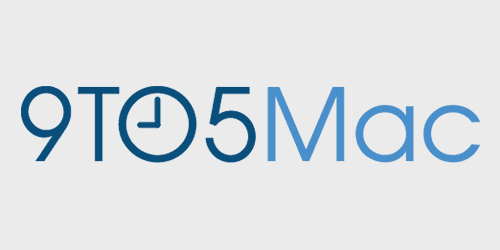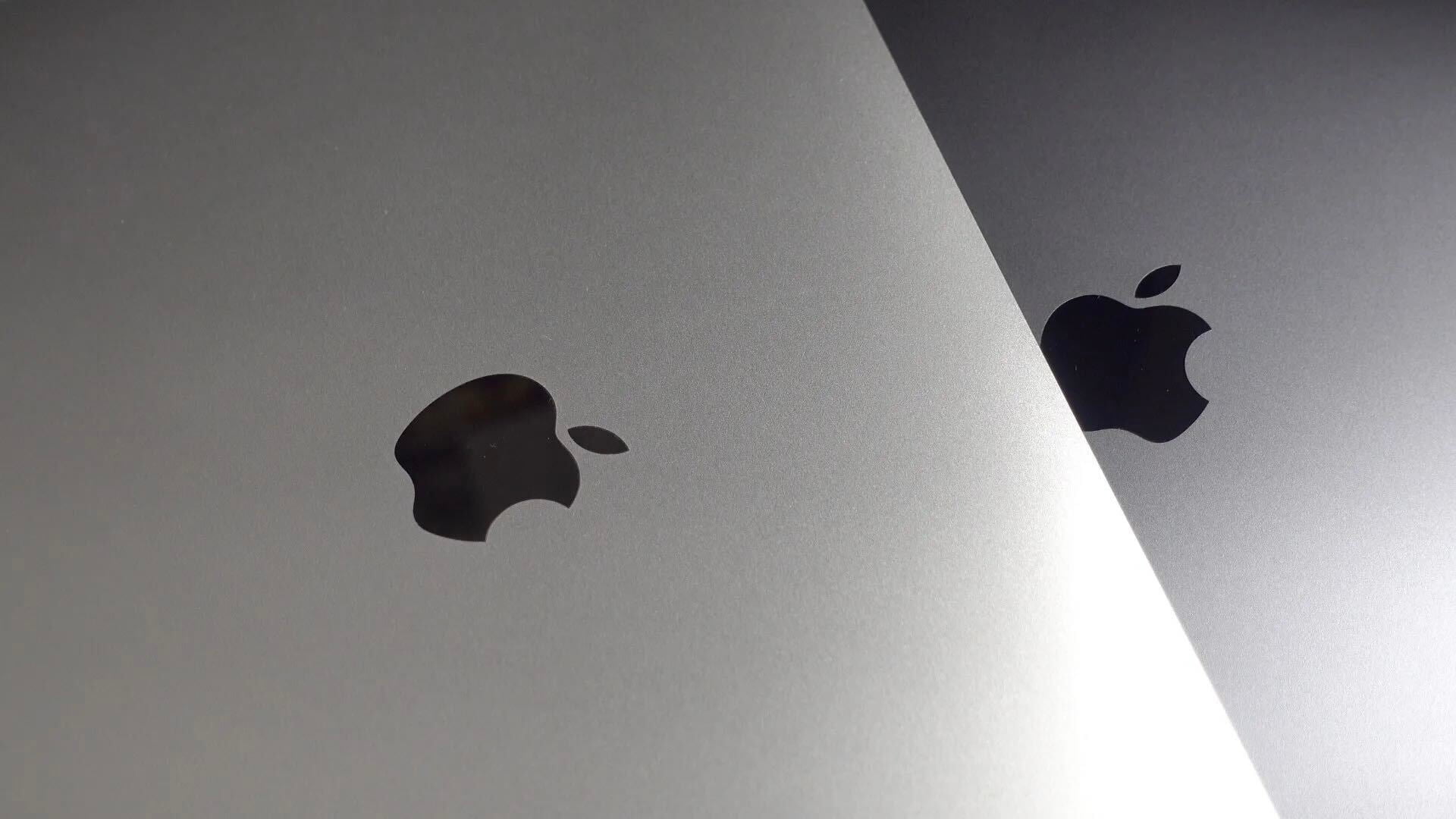
Liquidmetal Technologies CEO confirms upcoming parts in Apple consumer products [video]
Apple has been said to use the oh-so shiny Liquidmetal technology ever since the Cupertino, Calif.-based Company obtained a patent to use Liquidmetal in its products in 2o1o. Apple ran a test using Liquidmetal in its SIM card ejector tool, and it is further rumored to be investigating uses in batteries. Some even said that Liquidmetal would be used in the next iPhone. However, it is unlikely that the casing will be made of the material.
In what looks to be a video aimed toward potential investors, Liquidmetal Technologies’ CEO Tom Steipp confirmed his company’s involvement by announcing it is supplying Liquidmetal to Apple. In the video seen below, the CEO said (55 seconds): “Our technology has been commercialized in a number of accounts,most recently by Apple computer, which took a license on the product in August of 2010. [Apple] along with us are commercializing [Liquidmetal] in the consumer electronic space.”
[youtube=http://www.youtube.com/watch?v=dNPOMRgcnHY&feature=youtube_gdata_player]
We do not believe Steipp is confirming Liquidmetal as a feature in the next iPhone, iPad, or computer on a large-scale. Although, it appears he is confirming that Apple will/has used Liquidmetal for more expensive parts—perhaps dealing with dense batteries. It makes sense for Apple to use the best materials out there.
This is not the first time we have heard from Steipp:
